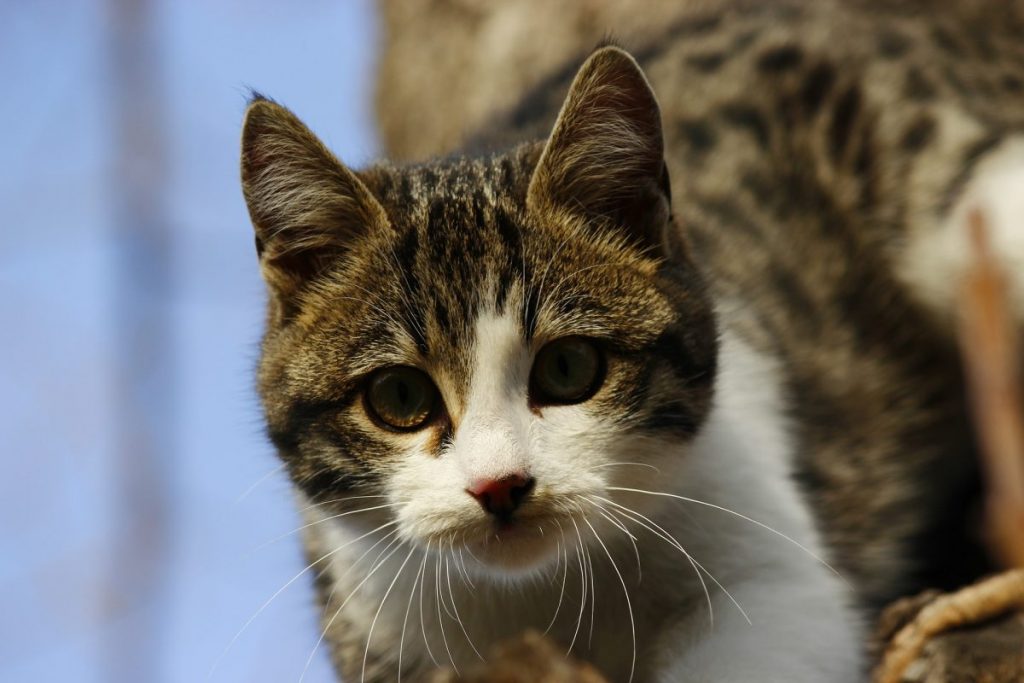One moment, your cat is leaping in bounds; the next, struggling to move about. What could have happened?
Cats are sprightly animals: a feat which requires proper communication between the nerves in the brain to the nerves in the spinal cord, or the central nervous system. Any trauma to this pathway can result in a loss of control over the body’s movements.
This is paralysis: the loss of muscle movement and feeling in the body. Paralysis can take place anywhere throughout the body, and can either be partial (paresis) or complete (paralysis).
Symptoms of Cat Paralysis
The symptoms of paralysis may vary from subtle to obvious, depending on the root cause. Symptoms of cat paralysis may occur suddenly—referred to as acute paralysis—or escalate over a period of time.
Symptoms to watch out for if you suspect your cat has paralysis include:
- The inability to move parts of the body such as the neck, head, legs, tail, tongue, or back
- Stumbling or wobbly gait
- Stepping on his own toes
- Difficulty breathing
- Uncontrollable twitching
- Slow movements
- Lack of, or delayed, reaction to pain or other stimuli to the legs or affected areas of the body
- Difficulty eating or drinking
- Dribbling of urine, or inability to control it
- Inability to urinate
- Constipation
- Inability to control defecation
Causes of Cat Paralysis
Paralysis in cats occurs when the structures that support the central nervous system have been damaged, blocking the communication needed to flow between the nerves in your cat’s brain, to the nerves in other parts of his body. There are several factors which contribute to cat paralysis which include:
- A slipped disc in the back (intervertebral disc disease)
- Infection or inflammation in the spine, or infection in the bones of the spine
- Toxoplasmosis (a parasitic disease)
- Peritonitis (an infection in the abdomen)
- Cryptococcus (a fungal infection)
- Infection or inflammation in the muscles
- Inflammation in nerves
- An injury to the spine
- A malformed spine or vertebrae
- A blockage in blood flow to the spine
- Blocked blood flow to the hind legs
- Tumors or cancer in the spine or brain
- Tick bites
- Bacterial toxins
In some cases, a cat may be paralyzed in all four legs (tetraplegia). In others, the cat is unable to move his hind legs (paraplegia). Other cases still see a cat walking with his front feet while dragging the rear legs.
Each cause of cat paralysis manifests in different ways, and affects what type of treatment should be pursued.
Diagnosing Cat Paralysis
If you notice any or a combination of the aforementioned symptoms, a visit to the vet is in order. You will be asked for your cat’s health history, onset of symptoms, and incidents that could have led to the paralysis such as injuries from a fall or tick bites. During this visit, your vet will test your paralyzed cat’s reflexes, movement, and ability to feel pain.
These tests will help the veterinarian determine where the paralysis is located. Further testing, such as laboratory tests or x-ray images, may also be used.
Treating and Managing Cat Paralysis
Depending on the severity of your cat’s symptoms, you may be asked to leave him with your vet. Medicine, surgery, therapy, or a combination of the three are often used for treatment, depending on the type of paralysis.
Your vet will also help you craft a plan for home management. Tips to manage cat paralysis and care for your feline friend at home include:
- Follow your veterinarian’s instructions carefully. It is important to administer the highest level of care for full recovery.
- Be sure to give the full course of medicine, even if your cat seems to recover before it runs out.
- Do not administer any medications, including pain relievers, to your cat without first talking to your vet. Certain human medications are toxic to animals.
- If your cat is in pain, he may resist care. Take firm and gentle action; this will help expel fear.
- Have someone else help hold your cat while you administer treatment, or swaddle the cat so he cannot scratch or run.
- Neuter or spay your cat to prevent any risk of further injury from mating.
- In some cases, a wheelchair is needed to help your cat walk. Do not worry; many cats with carts continue to live a full life.
Tending to a cat with any injury, including a debilitating one as paralysis, is never easy as a pet owner. But with proper care and management, your cat can still live a fulfilling, happy life.






